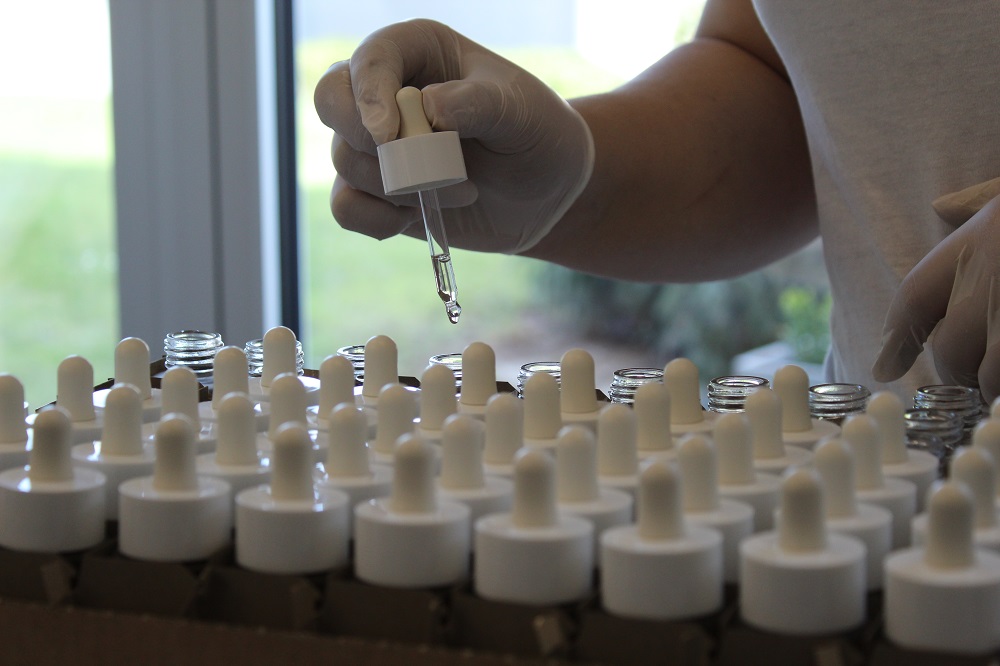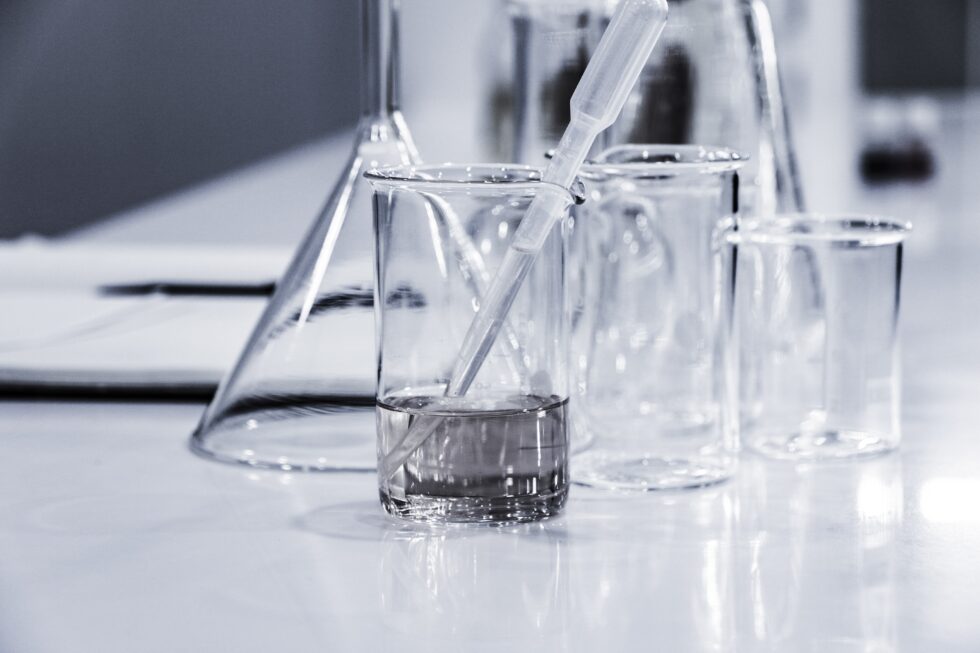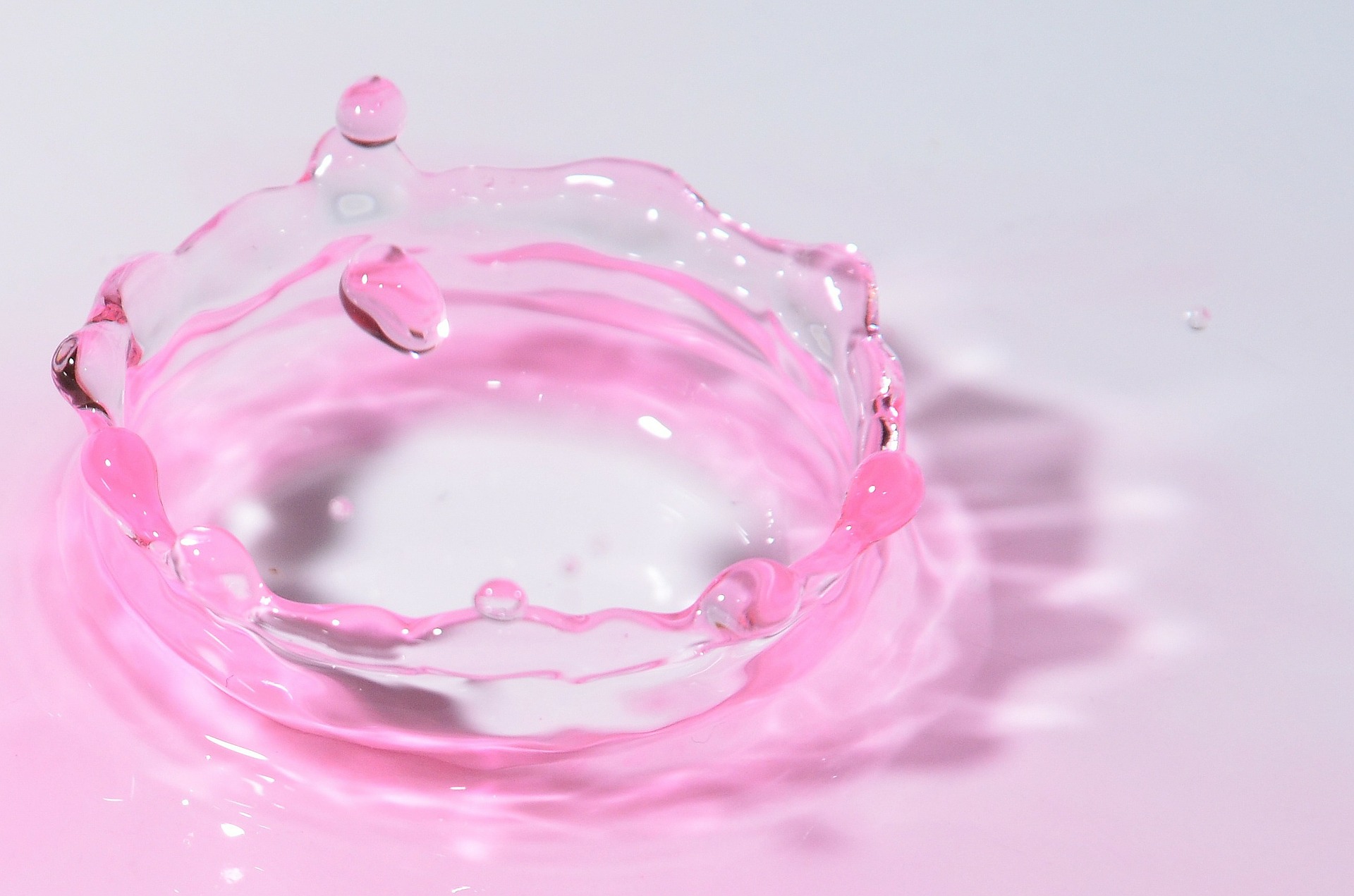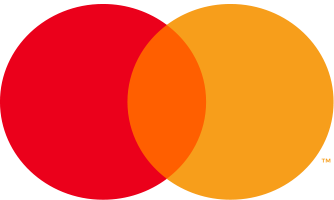
Why is a serum a necessity in face care?
Why is a serum a necessity in face care?
This abbreviation stands for Platelet Rich Plasma. This is a concentrated blood plasma. It is obtained from the patient’s own blood. In a centrifuge, plasma and red blood cells are separated from each other, which results a yellowish blood plasma. The medical term for blood platelets is thrombocytes. Therefore, in this context, treatment with platelet rich plasma is often referred to. Other terms for this anti-aging method are plasma therapy, autologous blood therapy, stem cell therapy or even vampire lifting. Various studies have already dealt with the effectiveness of PRP and confirmed the effects.
PRP or Platelet Rich Plasma contains proteins and growth factors. The latter are responsible for the effectiveness of the therapy. The growth factors stimulate cell growth within the connective tissue cells. In addition, collagen production is stimulated and new vessels can form. These effects form an effective anti-aging program.
PRP contains various growth factors. These include PDGF, TGF-alpha and -beta, VEGF, EGF as well as FGF-1 and FGF-2. The function and activity of the growth factors in relation to the different therapeutic procedures could be proven by various studies.
First, blood is taken from the patient. This is put into a centrifuge, which removes the plasma. The area of skin to be treated is anaesthetized before the puncture. The injection into the body is done with a fine needle. This needle brings the active substance directly into the tissue or subcutaneous tissue. At the beginning of the treatment a monthly repetition should take place. The longer the therapy lasts, the greater the intervals between the follow-up treatments can be. Here it is usually sufficient to carry out the treatment only every 1.5 – 3 months. One session takes about 45 minutes including the preparation of the blood.
A well-known method is the vampire lifting. This is mainly used for skin rejuvenation. At the same time the skin structure improves and wrinkles are reduced. The therapy is mainly used on the face, neck and décolleté. Hair loss can be treated for both men and women within the scope of an autohemotherapy. Furthermore, PRP therapy can improve the visual appearance of scars. These can be acne scars or even surgical scars or others. In addition, positive results can be achieved with regard to weak connective tissue. Thus the skin appearance can be levelled and strengthened again. In general, PRP supports wound healing as well as the regeneration of muscles and joints, which is why the therapy is also used in sports medicine. Finally, PRP also works successfully against arthrosis.
PRP can be used in the face for injections to reduce wrinkles or to increase volume. Wrinkles in the neck region can also be injected. The injections can also be injected into the back of the hand to rejuvenate the skin there. In the décolleté area, the skin can be tightened and wrinkles reduced. Injections into the scalp stimulate hair growth and strengthen the hair.
The effect of PRP therapy unfolds due to the growth factors it contains. These are able to activate and control the self-healing powers of the body. Growth factors stimulate the body to form new cells. Cells divide themselves and form new ones. In addition, hyaluron, elastin and collagen are also produced. This leads to a rejuvenation of the tissue and skin structure. In addition, new blood and lymph vessels are formed. This in turn leads to an improved removal of metabolic products and a stronger blood circulation. Thus, effective anti-aging effects can be achieved by treatment with Platelet Rich Plasma.
Not every patient can have PRP therapy. Especially people with a circulatory or coagulation disorder are not allowed to undergo this treatment. The same applies if there is an acute or chronic infection or a blood disease such as HIV or hepatitis. Patients with a tumour, severe neurodermatitis or psoriasis must also refrain from treatment. Pregnant women who are breastfeeding are also excluded from treatment. In addition, PRP therapy should not be used in case of an acute herpes infection or cancer.
During the treatment itself, there are mainly risks related to small bruises, swelling or redness. However, these occur only rarely. Further side effects are not to be expected as the treatment is carried out with the patient’s own blood – it is the body’s own substance, without further additions. Three days before a treatment no ASS, Voltaren or other painkillers may be taken. In addition, the consumption of alcohol should be avoided at least 2 days before the treatment. Two hours before the treatment, refrain from smoking and consumption of caffeinated beverages.
Treatment with PRP offers an effective method of fighting skin aging. The nice thing is that there are almost no side effects, because the treatment is based on the body’s own substances. Various studies have been able to confirm the effect of therapies with PRP. Thus, by injecting PRP, it can help the body to help itself and mobilize the body’s own regenerative powers.


Hyaluron Serum: Why is hyaluronic acid the new wonder drug?

Peptides in cosmetics – what are they good for?
© 2022 KON-SENS — ALL RIGHTS RESERVED.





